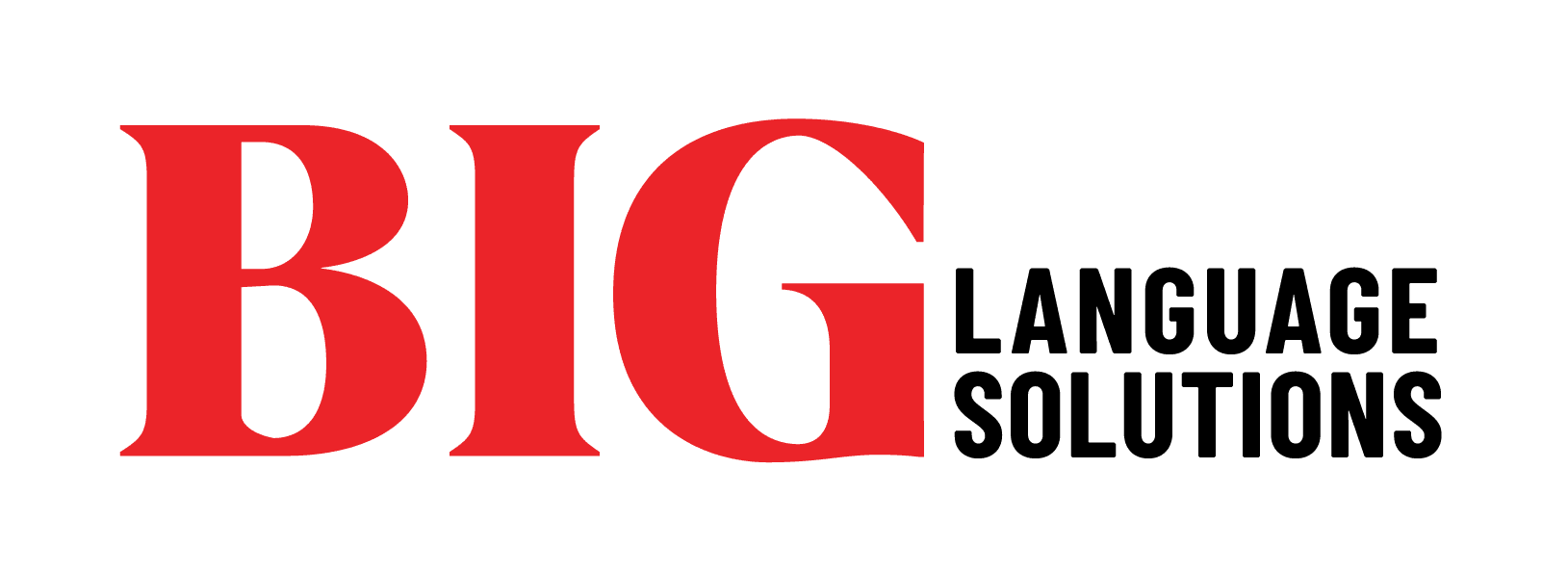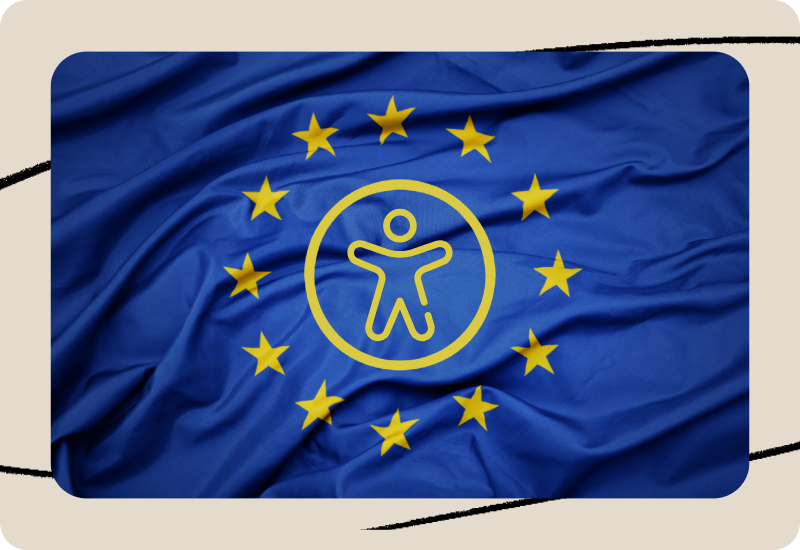When it comes to communicating with customers, financial institutions tend to tread carefully. Disclosures, product descriptions, and digital flows are often crafted with precision, but not always with clarity. And that’s a problem.
Starting June 28, 2025, financial institutions in the EU must comply with new accessibility requirements under the EU Accessibility Directive. One of the most overlooked mandates is that all consumer-facing content must be understandable and written at a B2 level or lower on the Common European Framework of Reference for Languages (CEFR).
That means plain language is no longer just best practice. It’s a legal requirement.
Why Plain Language Is a Compliance Issue
The B2-level requirement might sound abstract, but it has very real implications for how financial organizations operate. B2, or “upper intermediate,” represents a level of language that most adults with secondary education can comfortably understand. It avoids complex sentence structures, technical terminology, and convoluted phrasing.
In a sector known for jargon and formality, that’s a significant shift. For example, instead of saying,
“Funds are disbursed contingent upon verification of applicant eligibility and submission of required documentation,”
you would say,
“We’ll send your funds once we’ve confirmed you’re eligible and we have all the paperwork.”
Both statements are accurate, but only one is written at a B2 level.
Why Translation Makes This Harder
Even if your English content is written simply, the challenge multiplies once you start translating it. Financial content often involves legal and regulatory terminology with no direct equivalent in other languages. It also includes nuanced phrasing that must remain compliant, yet easy to understand. Many financial documents use long, nested sentences that don’t translate clearly into structurally different languages. On top of that, financial literacy levels and cultural understandings of money vary significantly from market to market.
When translated literally, even plain English content can become dense and inaccessible. That’s why translating content isn’t enough. You also have to localize it for clarity.
Where the Risks Lie
Failing to meet the B2-level readability standard could lead to more than poor customer experience. It could result in non-compliance with EU law, opening the door to potential fines or reputational damage. It could also lead to customer misunderstandings or disputes, especially when terms and conditions are not clearly presented.
There is also the risk of higher abandonment rates in digital journeys. If onboarding or support flows are too difficult to understand, customers will drop off. Beyond that, unclear communication reduces trust, particularly among vulnerable groups or individuals with lower literacy or non-native proficiency.
As digital channels become more dominant, accessibility becomes not just a compliance issue, but a core part of how customers experience your brand.
What Plain Language Looks Like in Practice
Meeting the directive doesn’t mean dumbing down your content. It means making your communication more efficient and more human. Effective financial content should use short sentences and common vocabulary. It should present one idea at a time and avoid technical or abstract terms when simpler alternatives exist.
Active voice should be favored over passive constructions. For example, “We approved your loan” is clearer and more direct than “Your loan has been approved.” Structurally, content should also be broken into clear sections with meaningful headings, as well as spacing and formatting that guides the reader through the material.
When this content is translated, it needs to retain its structure, tone, and clarity across all languages, which is no small task.
The Real Challenge: Scale
The scale of this challenge is where many institutions start to feel overwhelmed. You are not just simplifying a few PDFs. You are updating customer onboarding screens in multiple languages, rewriting email and SMS templates for alerts and campaigns, reviewing help center content, revising account agreements and product disclosures, and adapting the language used in your apps and dashboards.
These changes must be made across platforms and must be maintained over time. This level of change requires consistency, coordination, and deep knowledge of both language and compliance.
How BIG Language Solutions Helps
At BIG Language Solutions, we help financial institutions bridge the gap between compliance and clarity across every market they serve. We do this by combining financial translation expertise with proven accessibility knowledge.
Our linguists are trained to go beyond direct translation. They can rewrite and adapt content to reflect CEFR B2-level readability while preserving regulatory accuracy. This ensures that complex financial concepts are presented clearly, even in high-context languages.
We maintain centralized, validated glossaries for financial terminology to ensure consistency across platforms and languages. This helps prevent confusion around key terms like interest, settlement, or liability.
We also help clients define and localize a plain-language tone of voice for each market. Whether it’s a Portuguese customer onboarding flow or a Polish loan agreement, your content will sound professional and approachable.
Our quality assurance process includes a linguistic review stage, where content is assessed for clarity, structure, and readability. If any content is flagged as overly complex, we work with you to simplify it without compromising accuracy.
Through translation memory technology, we help maintain compliance at scale. Approved language is stored and reused, so that future updates reflect your plain-language standards automatically.
Why It Matters
Getting this right does more than protect your organization. It builds stronger relationships with your customers. When people understand what you’re offering and what’s expected of them, they make better decisions, trust your brand more, and are more likely to stay.
That kind of clarity isn’t just good for compliance. It’s good for business.
Let’s Make It Easier
The B2-level requirement doesn’t have to become a burden. With the right support, it can become an opportunity to communicate more effectively, more inclusively, and more transparently with every customer.
At BIG Language Solutions, we make the complex simple. Let’s make sure your content speaks clearly to everyone.





